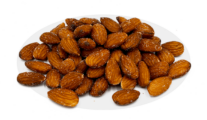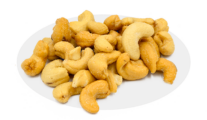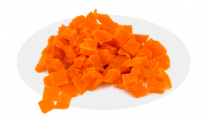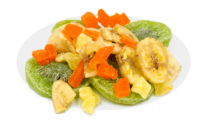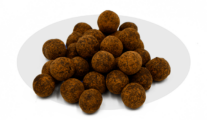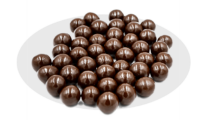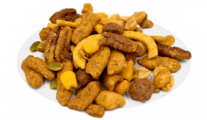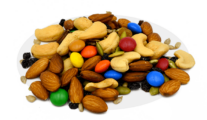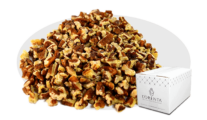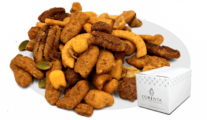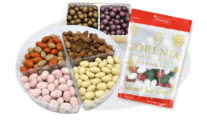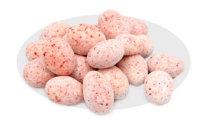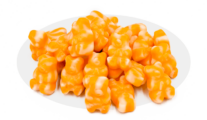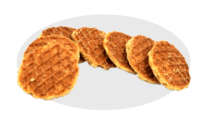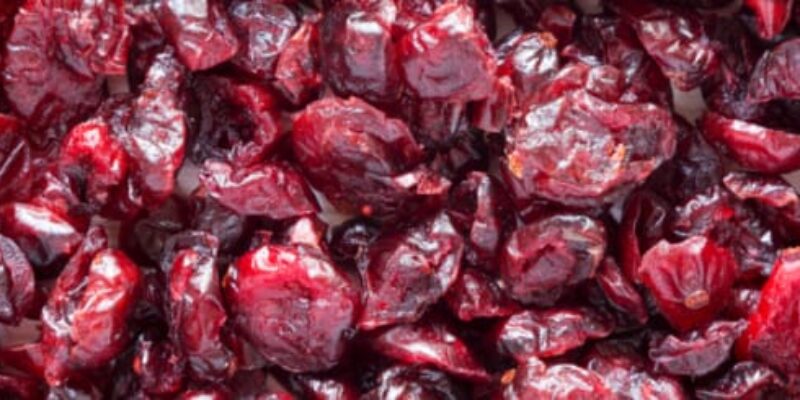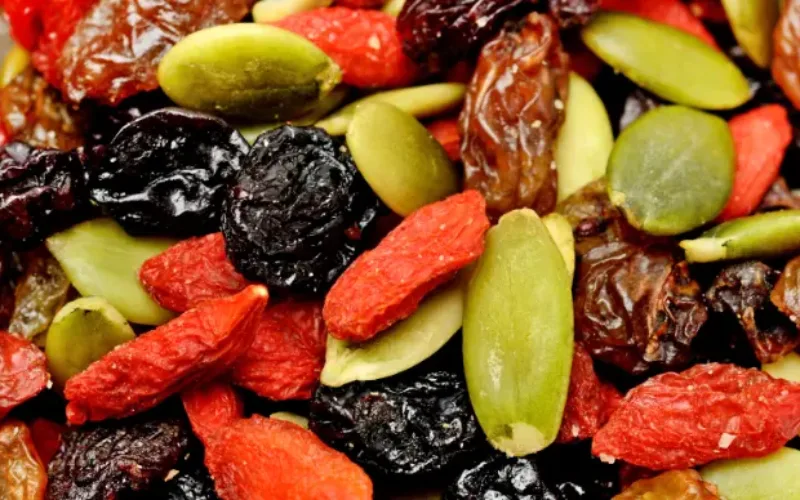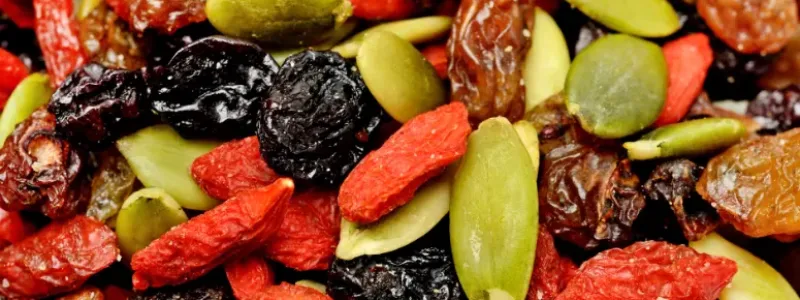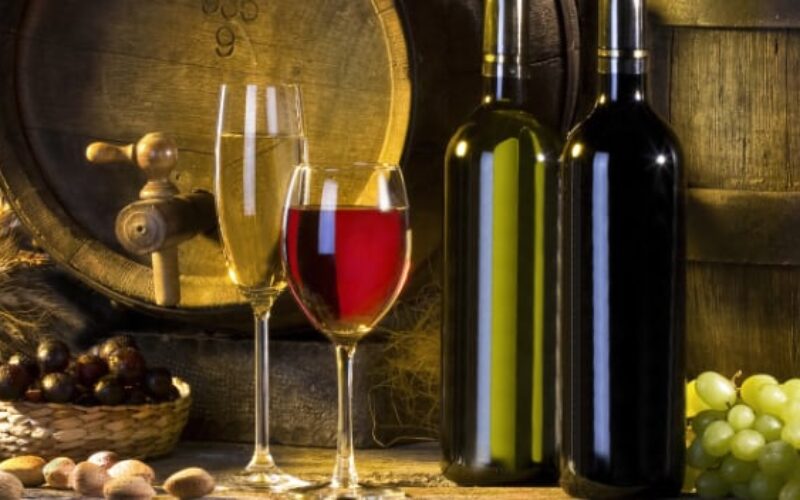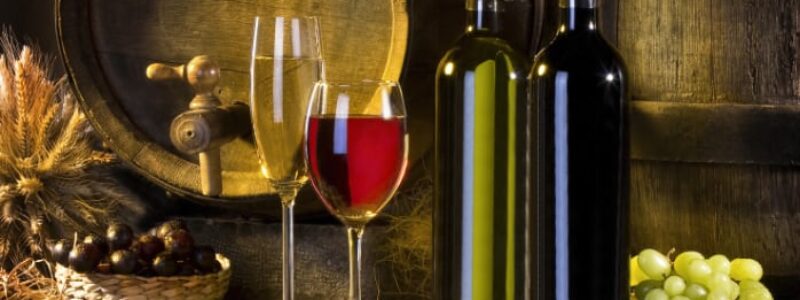Written By Sam Henselijn
Cranberries are a popular “superfood” high in antioxidants and nutrients. Unlike most fruits we consume in the United States, cranberries are actually native to North America. They grow across the northern United States, Chile, and Canada. Often linked to fall recipes, the berries can be consumed year-round as is, in the form of sauces, as juice, or even added to baked goods, stuffing and casseroles.
History of Cranberries
The Cranberry, or genus Vaccinium, is native to the swamps of northeastern North America. It belongs to the Heather family.
Back in the day, the little fruit was a staple for Native Americans.
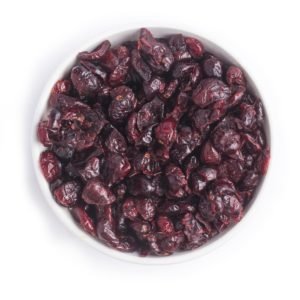
They harvested wild cranberries and used them in foods, drinks and several remedies. According to National Geographic, they were interestingly used in an energy bar-like food called “pemmican”. The concoction provided a much needed source of nutrition for fur traders in the winter months.
In 1816, a retired sea captain named Captain Henry Hall became the first person to successfully cultivate cranberries in Massachusetts. Allegedly, he came across a cranberry vine thriving on Cape Cod and saw potential. The rest is history…
Dried Cranberries
These days, you can easily find dried cranberries packaged in grocery stores all over the country. After harvest, the fruits are frozen to preserve their nutrition and break down their flesh. Later, they’re sliced, possibly sweetened, and dried. The goal is to remove as much moisture from the cranberries as possible. Because they’re naturally very tart, this process also concentrates their natural sweetness. For the final step, a commercial dryer with dry heat is used to dehydrate the berries.
If you’re wondering, dried cranberries still retain many of the vitamins, minerals, and antioxidants found in raw cranberries.
Health benefits & Nutrition Facts
Making sure you’re ingesting plenty of fruits and vegetables in your diet is crucial for good health. Fresh or dried, cranberries provide a good source of several vitamins and antioxidants. They contain vitamin C, important in many critical body functions such as wound healing and protein metabolism. Cranberries also have vitamin E, manganese and vitamin K.
Fascinating Facts About Cranberries
- Cranberries used to be called “ibimi” by the Pequot Indians of Cape Cod called the berry ibimi. That translates to “bitter berry”.
- Cranberries were on the menu at the 1703 commencement dinner at Harvard College.
- Historical reports say founding father Benjamin Franklin would ask his wife to ship him cranberries while he was living in England in the mid-1700s.
- The cranberry became the official state berry of Massachusetts in 1994. Later, it became the official state fruit of Wisconsin in 2004.
- Only about 5% of cranberries are sold fresh. The rest is canned, dried, or turned into cranberry juice.
- Cranberries have small pockets where air seeps into. That allows them to float and bounce! But on that note, cranberries do not grow in water. They grow on low-running vines in sandy bogs and marshes.
How to Enjoy Cranberries
Cranberries are always delicious, but dried cranberries are the most versatile to have on hand. They are a tasty and fun alternative to raisins and an excellent addition to cereals, granolas, or your morning oatmeal. Some people enjoy simply eating them by the handful as a little pick-me-up.
You can also mix them with nuts for a DIY trail mix or make a snack plate with some dried cranberries and a few slices of hard cheese, nuts, and deli meat. Another great way to incorporate cranberries into your diet is to simply sprinkle some atop a hearty salad. They are also delicious tossed into a rice or grain side dish!
Dried Fruit
Yes, we love our dried fruits! Convenient, packed full of flavor and nutrients, and easy to include in many recipes… What’s not to love? Make sure to also try our diced apples, sweetened banana chips, whole medjool dates, crystalized ginger slices and dried kiwis! You’ll see what we’re talking about…
Sam Henselijn Author’s Biography – Meet L’Orenta Nuts CEO
Copyright 2024 L’Orenta Nuts
L’Orenta Nuts proudly holds the SQF food safety certification, symbolizing our unwavering dedication to upholding the highest standards of food safety and quality. This certification guarantees that our products undergo rigorous scrutiny, ensuring transparency, traceability, and adherence to global food safety regulations for the utmost consumer confidence.
L’Orenta Nuts has the HACCP (Hazard Analysis and Critical Control Points) certification is a systematic approach to identifying, evaluating, and controlling food safety hazards. It ensures that food products are produced and handled in a manner that minimizes risks and complies with safety standards.
Our GMP (Good Manufacturing Practices) certification ensures that a manufacturing facility adheres to comprehensive quality and safety standards while producing pharmaceuticals, food, and other consumer goods, promoting consistency, quality, and compliance with regulatory requirements.
L’Orenta is an FDA-approved manufacturing facility and has met the rigorous standards set by the U.S. Food and Drug Administration. It demonstrates compliance with regulations, ensuring the production of safe and high-quality food products.


